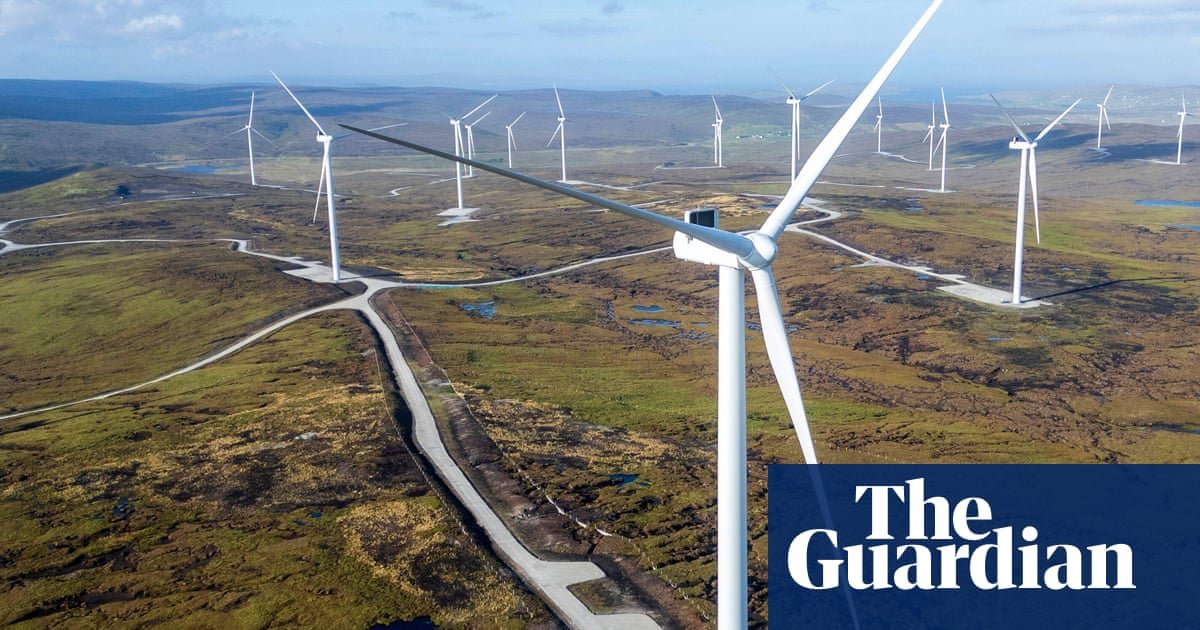Artificial Intelligence (AI) is transforming our lives and business models at an unprecedented pace. A recent local bank survey shows that over 70% of customers use generative AI daily, and businesses are actively embracing AI to enhance customer experiences, optimise data analytics, and explore new avenues for growth. As Hong Kong’s largest digital marketing community, IAB Hong Kong announces that its annual flagship event “C25” will take place on 24 September 2025 at the Hong Kong Convention and Exhibition Centre (HKCEC), bringing together industry elites from Hong Kong and around the world to explore the latest trends in AI within digital marketing and seize future growth opportunities.
Under the theme “AI in Action”, C25 2025 will showcase real-world AI business applications through keynote speeches, expert panels, and practical case studies. Attendees will gain actionable insights into how AI is enhancing customer engagement, boosting efficiency, and unlocking fresh growth opportunities in Hong Kong and beyond.
A key highlight this year is the launch of the inaugural “Agentic AI Challenge”, a groundbreaking competition designed to fast-track the industry’s move from theory to practice. Participants will develop advanced AI agent solutions capable of autonomously planning, executing, and optimising complex tasks—accelerating local adoption of automation and AI-driven marketing strategies.
C25 Organising Committee Chair, Tania Lau, “Agentic AI has transcended its role as a supporting tool to become a transformative force, redefining how businesses operate and roles are shaped. In Hong Kong, we’re witnessing workflows revolutionized, roles reimagined, and new opportunities unfolding at an unprecedented pace. This evolution doesn’t replace human creativity—it elevates it, empowering marketers to achieve more, drive groundbreaking innovation, and set new benchmarks for our industry.”
Prominent Speaker Panel Leading Industry Discussions
C25 features a world-class lineup of over 50 industry leaders and tech innovators, including marquee names such as Amazon Web Services, Google, Meta, WPP, Microsoft and Baidu. Attendees will access insights and witness practical expertise through 30+ dynamic keynotes, panels, and live case studies, focusing on the future of digital marketing and the business impact of AI.
The conference is structured across four action-driven tracks:
- AI HORIZONS – Big-picture trends and future-shaping innovations, including keynotes from top AI chiefs on search, disruptive applications, and practical deployment.
- AI DRIVERS – Sector-focused strategies with deep dives into finance, retail, travel, and global video content—showcasing how AI delivers personalisation, efficiency, and overseas expansion.
- AI ACCELERATORS – Breakthroughs in health, entertainment, and culturally-inspired marketing, illustrating how AI is transforming industry practices and audience experiences.
- AI CATALYSTS – Innovative solutions for smarter analytics, omni-channel ad automation, and AI-enabled influencer strategies that maximise business effectiveness.
New Features: “Agentic AI Challenge” and “VIP Speaker Lounge”
This year’s C25 introduces the first-ever “Agentic AI Challenge“, where participants will design innovative AI agent solutions capable of understanding, planning, and executing complex tasks. The competition is structured in two phases:
- Proposal Submission – Contestants must submit their concepts by the designated deadline. A panel of judges, including university professors and experts from Google, Adobe, Microsoft, HKT, Cherrypicks, and Votee, will shortlist up to 10 finalists.
- Live Presentations – Finalists will present their solutions during the afternoon of C25. An expert jury will evaluate and award the Champion, 1st Runner-up, 2nd Runner-up, and Merit prizes.
Winners will not only receive cash prizes but also industry accreditation, signalling both technical excellence and strategic creativity. Designed to merge innovation with practical application, the Challenge aims to encourage the local industry to move beyond theory and embrace AI-powered marketing execution.
More details: C25 Agentic AI Challenge
VIP Speaker Lounge: Driving Deeper Industry Conversations
C25 2025 also debuts the VIP Speaker Lounge, a premium and exclusive networking platform designed to foster collaboration across industries. The Lounge will bring together senior leaders from brand management, advertising, technology startups, and academia for in-depth dialogue, interactive discussions, and small-group forums. By encouraging knowledge exchange and thought leadership, the Lounge will aim to expand networks, spark partnerships, and accelerate the healthy development of Hong Kong’s AI marketing ecosystem.
Exhibition Zone: Experience Next-Gen AI AdTech
The C25 Exhibition Zone brings together advanced AI and advertising technology solutions from top local and global providers, including intelligent SEO tools, AI-powered analytics platforms, and digital transformation services. Attendees can try out these innovative platforms firsthand, explore their technical advantages, and connect with solution experts for tailored advice. Throughout the event, AI-driven real-time translation will ensure seamless communication, fostering technology-business integration and active industry collaboration.
























